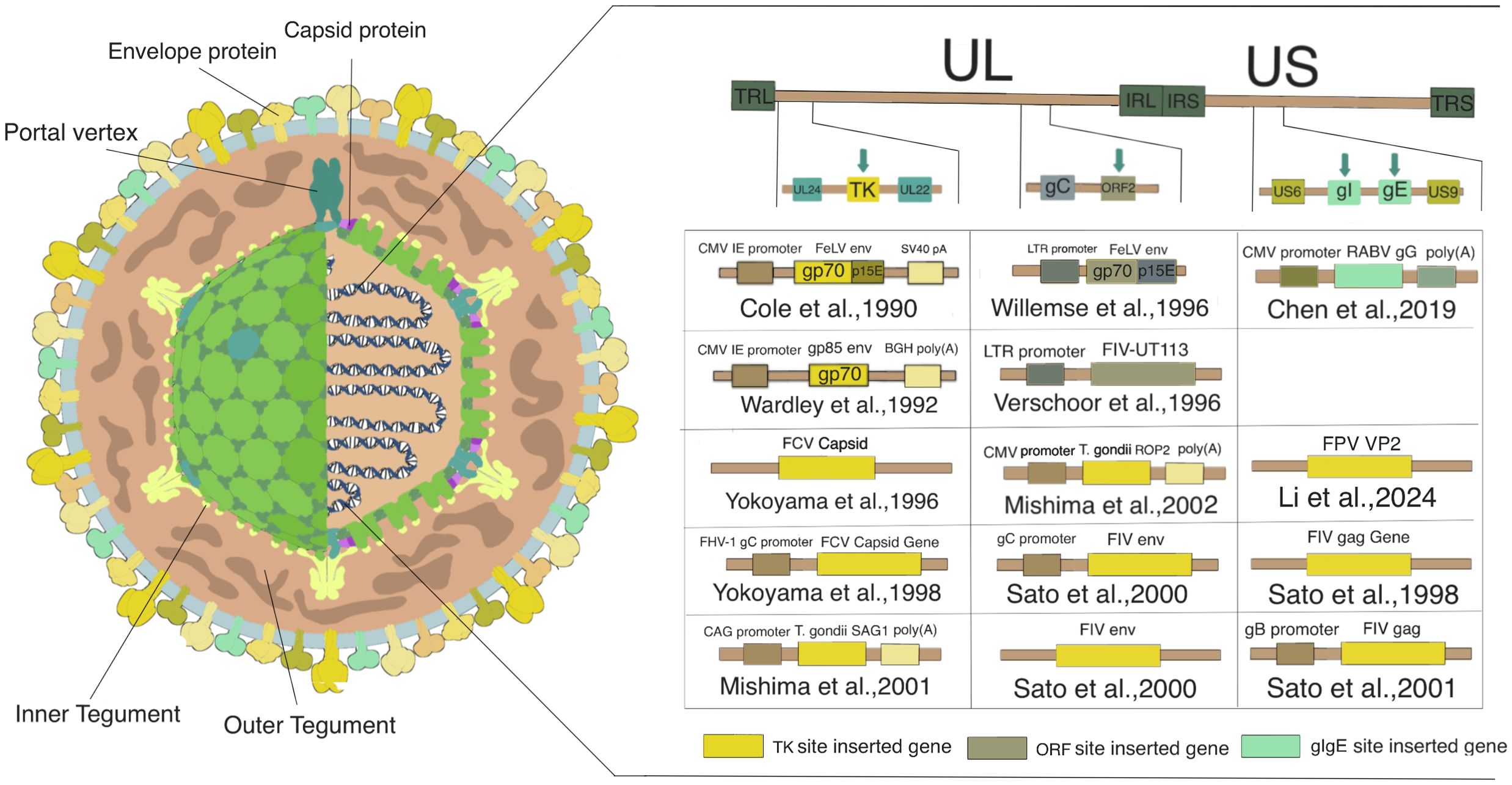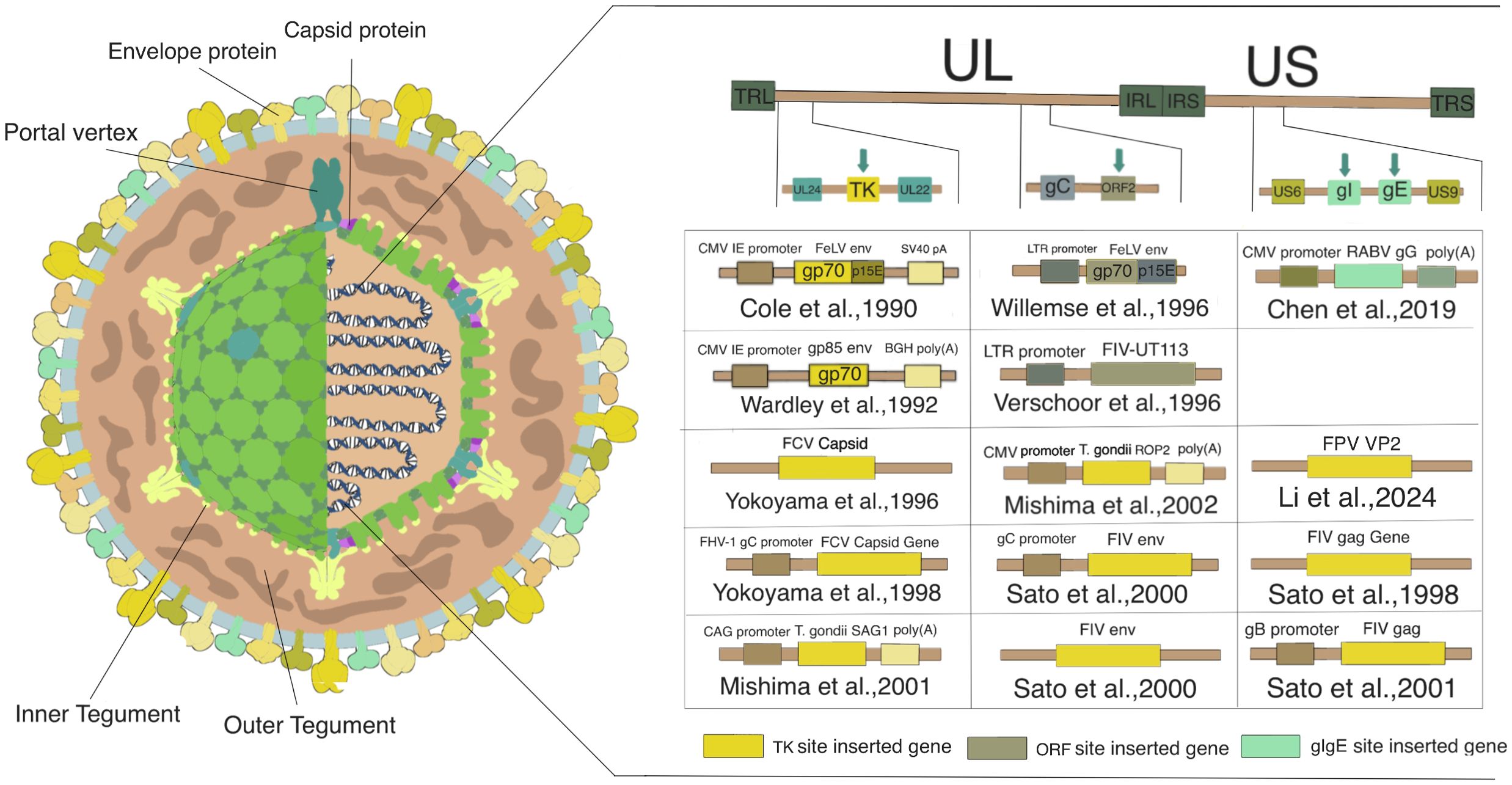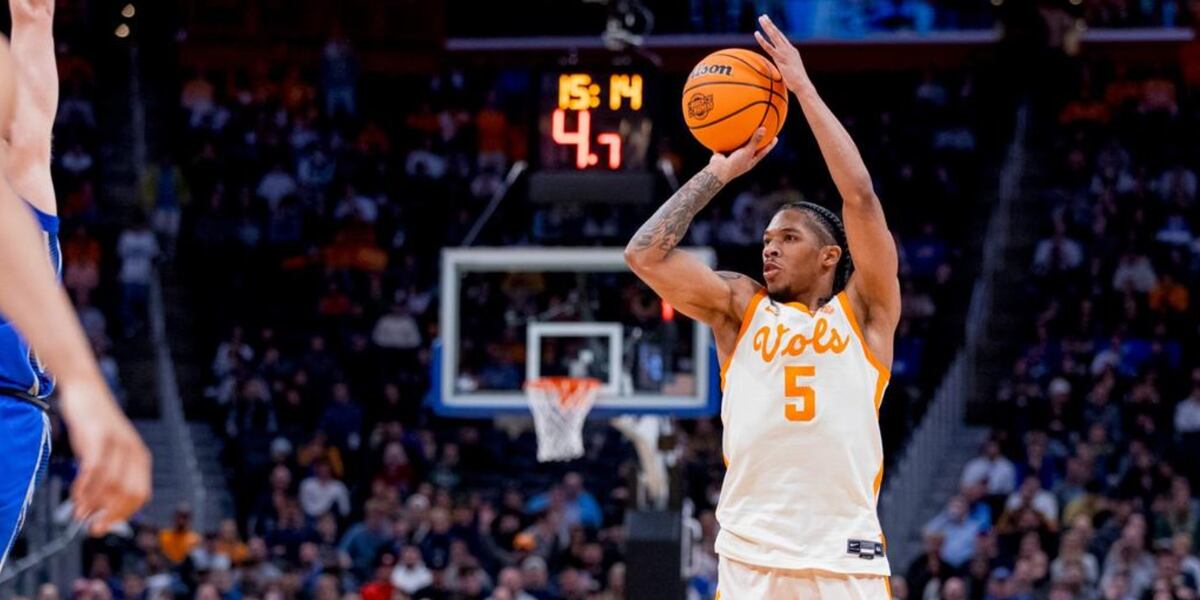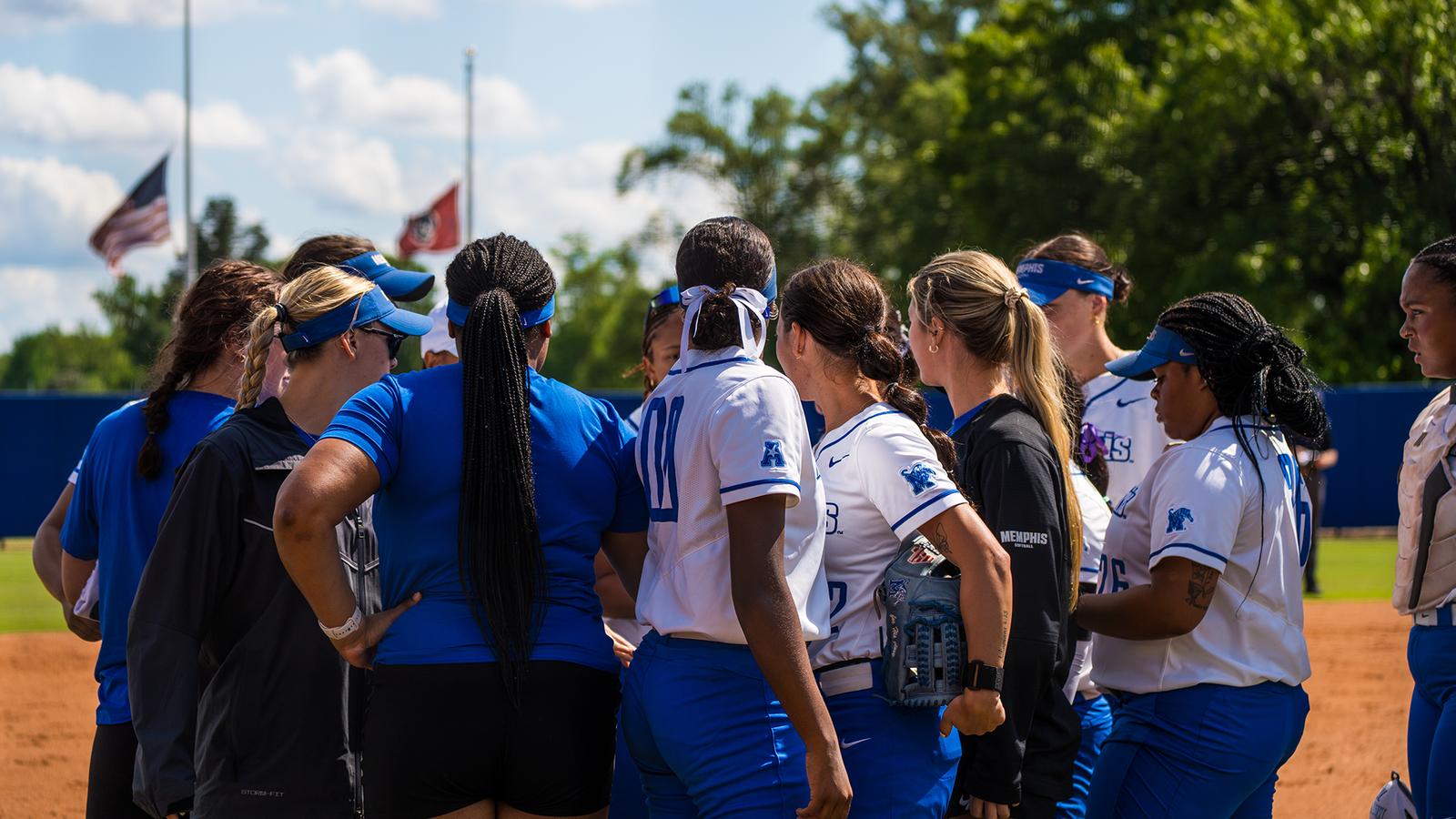Elijah Jeudy sat relaxed on a metal bench at his alma mater, Northeast High School, a few weeks ago, with his wife and son in the empty stands on a sun-drenched Sunday morning. The 6-foot-3, 300-pound Nebraska defensive tackle came home to fulfill a promise and work a youth camp, doing the same things coaches once did for him when he was the kids’ age.
Jeudy, a 2021 Northeast grad, could be the face of today’s college football name, image and likeness (NIL) world. His journey crossed over from when he originally committed to Texas A&M, when pay-to-play was nonexistent, before agents were allowed to openly represent college athletes, to now knowing he could pay for dinner, a house, and his son’s well-being.
It is a college football landscape — a college sports landscape — that has been turned upside down from when Jeudy walked into the mouth of the 2021 U.S. Supreme Court ruling in NCAA v. Alston that the NCAA could not restrict athletes’ ability to earn money from their NIL.
In May 2024, the NCAA and remaining power conferences (the Atlantic Coast Conference, Big Ten, Big 12, and Southeastern Conference) agreed to broad settlement terms of the House v. NCAA case, which if approved, would allow schools to revenue share, capped at $20.5 million per year, to directly compensate athletes, with an increase, according to the suit, of 4% each year during the 10-year agreement.
“NIL didn’t exist until my sophomore year, and it’s been a big change,” said Jeudy, who will be a full-time starter for the first time in his collegiate career and expects to graduate with a degree in child, youth and family studies, with minors in criminology and sociology in August. “This helps kids from lower socio-economic areas and now that I’m able to get paid, I’m able to provide for my wife and son. It’s been a big change for me. If you’re a Day One starter, you can start with six figures, and now that I’m a starter, I’ll be compensated.
» READ MORE: KJ Henry used NIL to save his father’s life. Signing with the Eagles brought him closer to the nonprofit that helped.
“I can’t wait for this season. This is my last year and I’m trying to do the best I can. The goal is to be a first-round [NFL] draft pick. For me, personally, I just want to get drafted to show what I can do. NIL is [more] complicated than it was a few years ago, with the revenue sharing now, and with donors sponsoring programs. I didn’t get anything my first two years in college. Now, if you’re on scholarship, you’re going to get paid.”
‘Want to cash in’
Mike Wallace, who played at George Washington High School under legendary coach Ron Cohen and with high school All-American Sharrif Floyd, is now a sports agent with 3 Strand Sports & Entertainment. He has 75 clients across college football, including players, coaches, and administrators.
When Jeudy began his college football career, the only money allocated to student-athlete football players was the scholarship money that covered tuition, room and board, books, and a scant expense fund for food.
Now, a blue-chip true freshman coming out of high school could command as much as $500,000 from a major Power Four program.
Jeudy, for example, is making a six-figure sum. With his degree, he will have stability beyond his football years. But he is the exception.
“These kids and their families want to cash in, and do it now,” Wallace said. “They’re not going to school to graduate. They’re going to get paid. I will tell you firsthand; I was very skeptical when I was a [student] assistant coach [under former Temple and current Nebraska coach Matt Rhule] with my first interaction with an agent. I stepped back and wondered, ‘What is going on? Why is this even here?’ In fairness, we had a system [under Rhule] that we put the player first.
“You have certain programs that make a lot of money. They can care less about the player [off the field]. You have players who are three-time all-conference players and some freshman steps in and is making more money than him. For a player to step into a coach’s office and discuss that, for a parent to step in and discuss that, those are hard conversations to have. Now, here comes the agent. They step in.
“I see it and understand it.”
NIL deals are separate from athletic scholarships. The House v. NCAA settlement may change that, essentially placing a hard $20.5 million cap that would cover the entire athletic department, with most of the funds being allocated to money-revenue sports like football and basketball.
» READ MORE: Camden’s Fran Brown has locked in his own NIL deal. Now he aims to make Syracuse a top destination in the Northeast.
There are some current college football rosters (Ohio State, Penn State, Michigan, etc.) that have budgets over $20 million for student-athletes. If House v. NCAA goes through, that may come down, creating somewhat of an even playing field in college football.
“They will attempt to put a cap on this,” Wallace said. “The reality is, money has been changing hands behind closed doors, behind the curtain, for years. Who is kidding who here? Everyone is getting paid today. The difference is that it’s aboveboard and for a lot more. It’s not just for a Corvette. I’m happy they are getting paid. These schools make multimillions a year.
“I was there at Temple when coach Rhule built it to play Notre Dame on national TV on a Saturday night [Oct. 31, 2015, a 24-20 Notre Dame victory]. Regrettably, the blue bloods will remain the blue bloods. We already saw it in basketball [in this past NCAA Tournament]. It will be incredibly hard for a mid-major, or the smaller football schools like Temple, to succeed on a national level. The 2015 season we had at Temple, because of this, that won’t happen again. Players like Haason Reddick and Ashton Jeanty won’t be coming out of small schools again.”
Jeanty turned down larger offers to remain at Boise State, but the flip side of that is Jeudy, who is coming off an impressive spring at Nebraska after playing in 13 games and making one start in 2024, has been waiting for the last three years for his chance to play. Though in the meantime, he was getting paid.
» READ MORE: Penn State will have its ‘White Out’ game against Oregon; Temple’s kickoff time vs. Oklahoma set
“There were things I couldn’t do when I was at Texas A&M that I now have the freedom to do,” Jeudy said. “That meal card runs out, you’re screwed, especially if you’re a big guy who eats more than normal people. I’m able to live off campus and pay my own rent. I can eat when I want to eat. I don’t have to look for the cheapest places on campus. We have something at Nebraska called ‘Red Card,’ where there are certain places where we can go to eat nutritious foods.”
On Mondays, Jeudy said, Nebraska offers its players money management counseling courses.
“I have peace of mind that I don’t have to call my parents every two seconds for money,” said Jeudy, who wears a tattoo of his son, Kodah, on his forearm and was married in April. Rhule was his best man. “A lot has changed since I last sat here at Northeast. I want to play in the NFL one day, but I can play with the freedom of knowing I don’t have to worry about any bills. People will see the best of me this year. Getting paid is liberating.”
Trickle-down effect
With the changing course of college sports, what happens to non-revenue sports?
What Wallace predicts is a trickle-down effect. It may be the reason for the holdup as to why House v. NCAA is pending full legislative approval by Judge Claudia Ann Wilken of the U.S. District Court for the Northern District of California, which is expected sometime soon.
“At this point in time, there’s a real lack of clarity,” Baylor athletic director Mack Rhoades told 247Sports in May 2024. “I don’t expect, if there is a settlement, any potential guidelines on how each athletic department distributes those monies. Who receives it? All student-athletes? Just revenue-generating sports? Is everybody the same? My guess is it’s not. How do we figure that out?”
Wallace witnessed the offers that came at Floyd when he was at George Washington. Today, a five-star recruit coming out of high school, because Pennsylvania is an NIL state, a large school’s collective may want to facilitate that deal with a recruit by directly compensating the high school athlete.
» READ MORE: La Salle’s Joey O’Brien is a prized two-way football recruit who could be the best to come through the area
Five years ago, that was illegal.
High school payouts are mostly aimed toward quarterbacks, cornerbacks, defensive ends, and defensive lineman, according to Wallace, Jeudy, and empirical data. According to numerous outlets, Duke’s Cooper Flagg earned $28 million his freshman year on deals with New Balance and Fanatics.
Nixa (Mo.) high school senior Jackson Cantwell, a highly touted, 6-foot-8, 320-pound, five-star offensive tackle, was reportedly offered an NIL package up to $2 million per year to attend Miami. Cantwell chose Miami over several major programs, including Georgia, Oregon, and Ohio State.
La Salle College High’s five-star safety/wide receiver Joey O’Brien could command at least $500,000 as a freshman.
“It’s beyond NIL. It’s strictly pay-to-play,” Wallace said. “These college kids are now pros. They are getting paid. If Sharrif came out today, he would be getting $750,000, probably $800,000 easily, right out of Washington. What is happening today is the overcompensation of what has been going on for years with colleges making large sums and the athletes representing those schools not getting paid.”






















 | First Take
| First Take








































